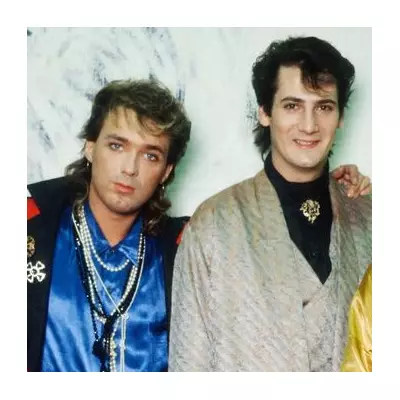
Hollywood's latest fashion drama has erupted, pitting rising star Sydney Sweeney against Britney Spears' loyal fanbase in an unexpected style showdown.
The Dress That Divided Hollywood
The controversy began when Euphoria actress Sydney Sweeney stepped out wearing what appeared to be a perfect replica of Britney Spears' iconic 2000s ensemble - a pink bandana-print halter dress that originally featured in the pop princess's wardrobe during her chart-topping heyday.
While many would see this as a stylish tribute to pop culture history, Britney's devoted followers had a very different interpretation. Social media platforms quickly became battlegrounds as fans accused the 26-year-old actress of cultural appropriation and disrespect toward the Toxic singer's legacy.
Social Media Storm Erupts
The digital backlash was swift and unforgiving. Britney enthusiasts flooded Twitter and Instagram with side-by-side comparisons, questioning whether Sweeney's fashion choice represented homage or theft.
"This feels like someone trying to rewrite history," one passionate fan commented, while another noted, "There's only one Britney Spears - imitations will never capture her magic."
A Deeper Cultural Conversation
Beyond the surface-level fashion debate, the incident has sparked broader discussions about:
- The fine line between tribute and appropriation in celebrity culture
- Generational ownership of iconic fashion moments
- The evolving nature of pop culture legacy in the digital age
- How new Hollywood stars navigate established celebrity territories
Fashion as Cultural Battleground
This isn't the first time celebrity fashion choices have ignited controversy, but it highlights how deeply personal fans' connections to their idols can be. The pink bandana dress represents more than just fabric - for many, it's a tangible piece of Britney's monumental impact on early 2000s pop culture.
As the debate continues to trend across social platforms, it raises important questions about who gets to wear history and how we preserve the authenticity of cultural icons in an era of constant recreation.





